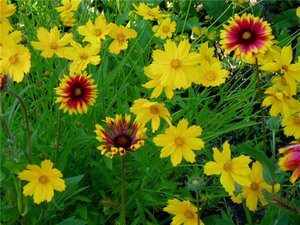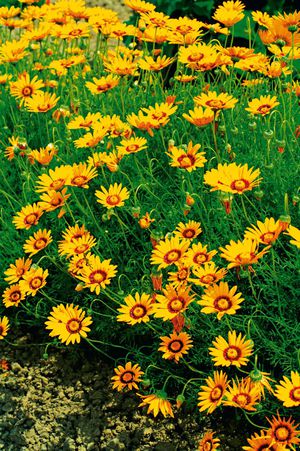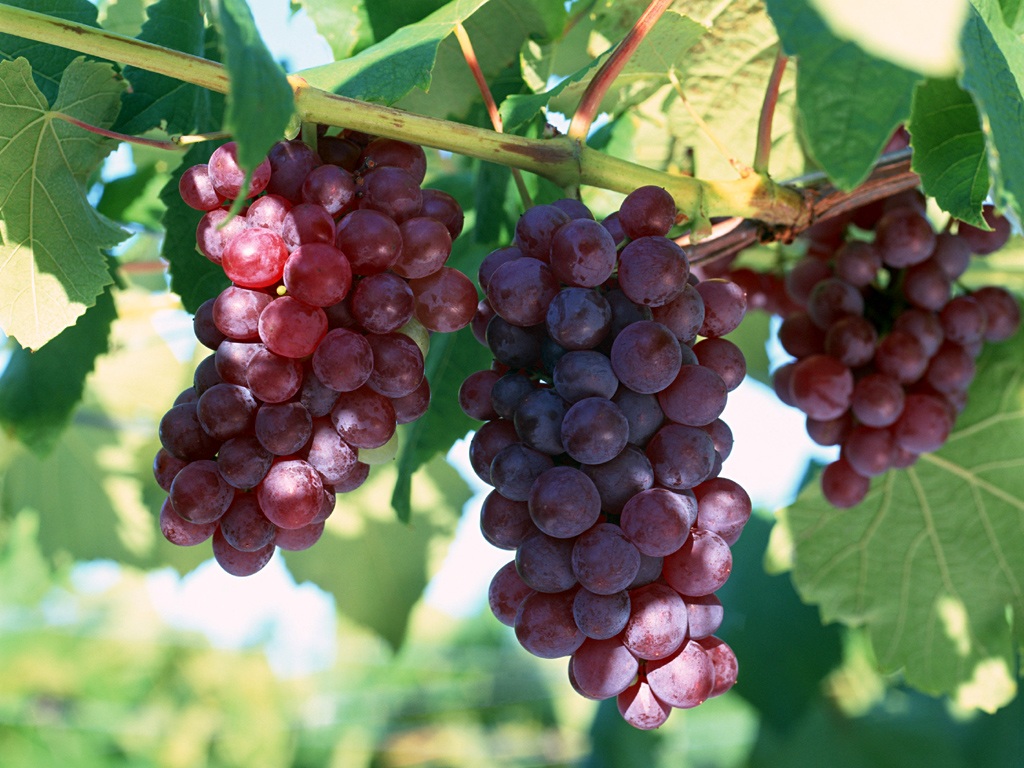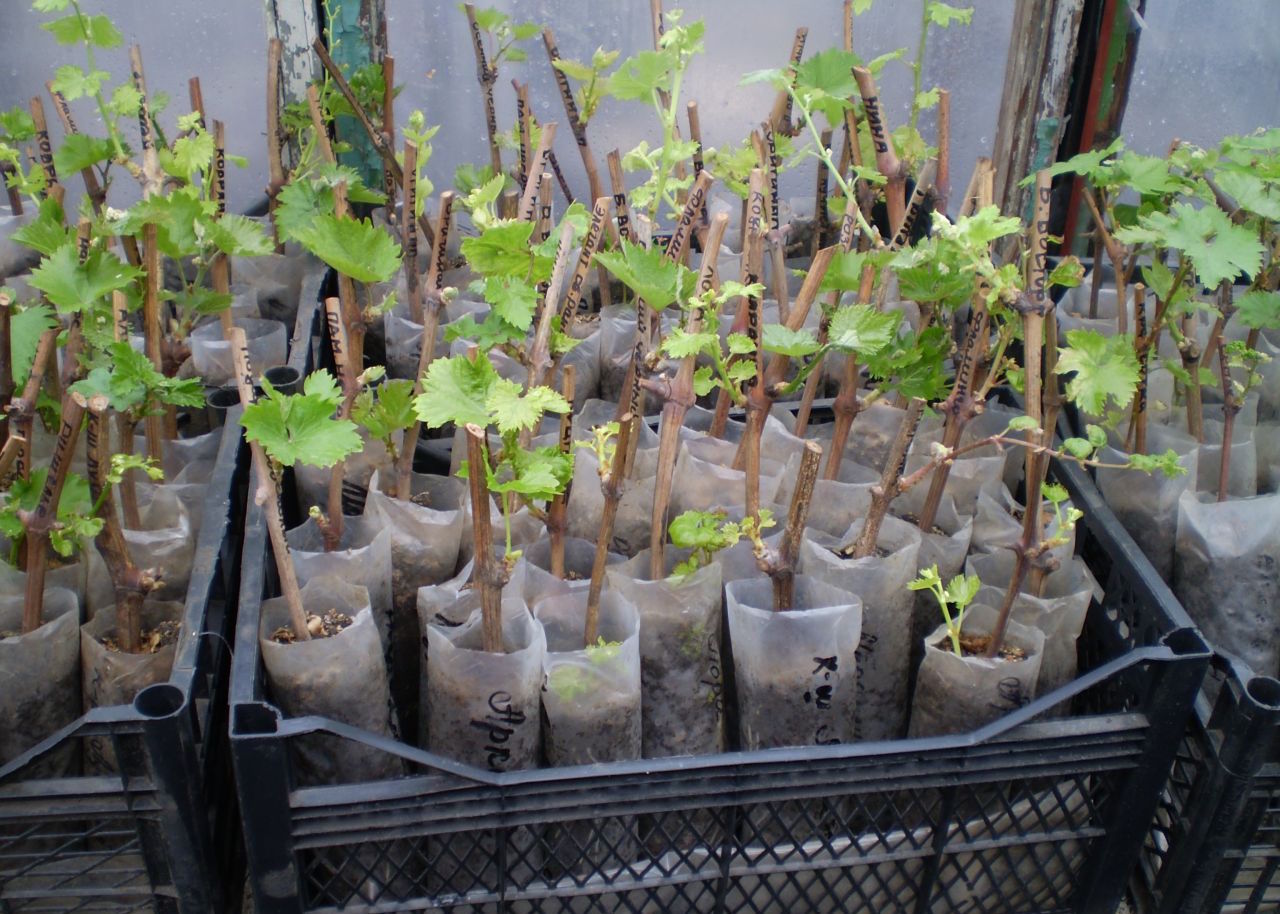Ursinia belongs to the genus of annual herbaceous plants. There are varieties and perennials. Ursinia belongs to the Aster family.
It is a very hardy plant with golden-colored flower heads and rich green leaves. Releases new inflorescences almost to the very frost.
Types of ursinia
There are more than 40 types of this plant.
The most popular varieties in floriculture are:
- Multi-colored. Reaches a height of half a meter, has golden inflorescences with a diameter of at least 5 cm.
- Beautiful. It has a height of 35-45 cm. Inflorescences reach 4 cm, the color is yellowish-golden. It begins to bloom in July.
- Dwarf. The height of plants of this variety is no more than 15 cm. Abundant flowering, orange inflorescences.
- Dill. It is a low orange bushes up to 40 cm with inflorescences up to 7 cm in diameter. Ursinia dill opens its inflorescences on cloudy days. This distinguishes it from the rest of the family. It has a hairy achene and a cylindrical fruit. One gram can contain up to 520 seeds. Remains germinating for two years.
General characteristics of garden ursinia:
 average flower size;
average flower size;- has no smell;
- orange shades of buds;
- blooms from July to late autumn;
- stem - erect;
- stem height up to 60 cm;
- non-poisonous plant;
- annual.
Growing ursinia from seeds
Ursinia reproduces exclusively by seeds. Sowing seeds is required in open ground in late April or early March. Seeds should be scattered rarely, they should not be buried too much.
After the first leaflet appears from the seed, the seedlings are thinned out. One plant requires leave 15 cm of soil.
Flowering can be accelerated if the cultivation is done from seedlings. In this case, sowing should be done in early March. It is advisable to sow in large containers, they should not be closed. But crops need to be kept only in a warm room. After sowing, the seeds should be covered not with earth, but with a small layer of sterile sand (up to 3 cm).
As they grow, the seedlings are transplanted into separate containers. Seedlings are planted in the soil, keeping the distance between honey shoots of at least 20 cm, but only after the threat of frost has disappeared.
Conditions required for growing
For abundant flowering fertile soil required and a sunny side in the garden area. The plant does not tolerate shading. He is not afraid of either wind or draft. But on cold sites, ursinia grows less abundantly than on warm ones.
A well-drained, nutritious, light-textured soil is important. She does not tolerate waterlogging and stagnant moisture. But provided that the composition of the soil improves, it can grow anywhere. It is very important for the plant that the soil is dug deep.
Care features
 During drought and heat, the plant must be watered at least moderately. The air temperature is higher - watering more often!
During drought and heat, the plant must be watered at least moderately. The air temperature is higher - watering more often!
Soil under Ursinia bushes depletes quickly enough, since the inflorescences are very large and bloom in huge numbers. The loss of nutrients must be compensated for by applying mineral fertilizers once every 3 weeks. The dosage is standard.
The plant grows very actively, not in height, but in width. Therefore, unnecessary shoots from all sides should be cut off so that the summer plant looks miniature and compact.
There is no compulsory transplant for Ursinia.The plant is restored with the help of seeds planted in late spring.
Diseases of ursinia
Ursinia is enough disease resistant... But with waterlogged soil and thickened plantations, other plants affected by powdery mildew may be dangerous.
Most often, aphids settle on ursinia bushes. Fighting this pest is useless. The plant must be removed after flowering is complete. Spraying it with insecticides will not give the expected result. It is necessary to devote more time to the prevention of infection of nearby plants.
Ursinia in landscape design
 The plant also looks beautiful in group plantings. Combines with annuals and perennials that have a rich bright color. On a green field of lawns, they look like colorful spots, you cannot do without them when decorating borders.
The plant also looks beautiful in group plantings. Combines with annuals and perennials that have a rich bright color. On a green field of lawns, they look like colorful spots, you cannot do without them when decorating borders.
You can successfully grow these flowers on alpine hills, decorate stone gardens, grow in hanging baskets, balcony boxes and wide flowerpots.
In decorative plantings, dill ursinia is most often used. It looks great in fresh bouquets when the buds are cut. They bloom immediately in the water and stand for a very long time.
Ursinia is also used for:
- registration of mixed flower beds and mixborders;
- as a cutting material;
- for decorating stone flowerpots and other outdoor flowerpots;
- on terraces and recreation areas.
When growing, the plant is successfully combined with lobelia and blue cornflowers, with white Iberis and red dahlias. Flowers look delightful with perennial daisies.


